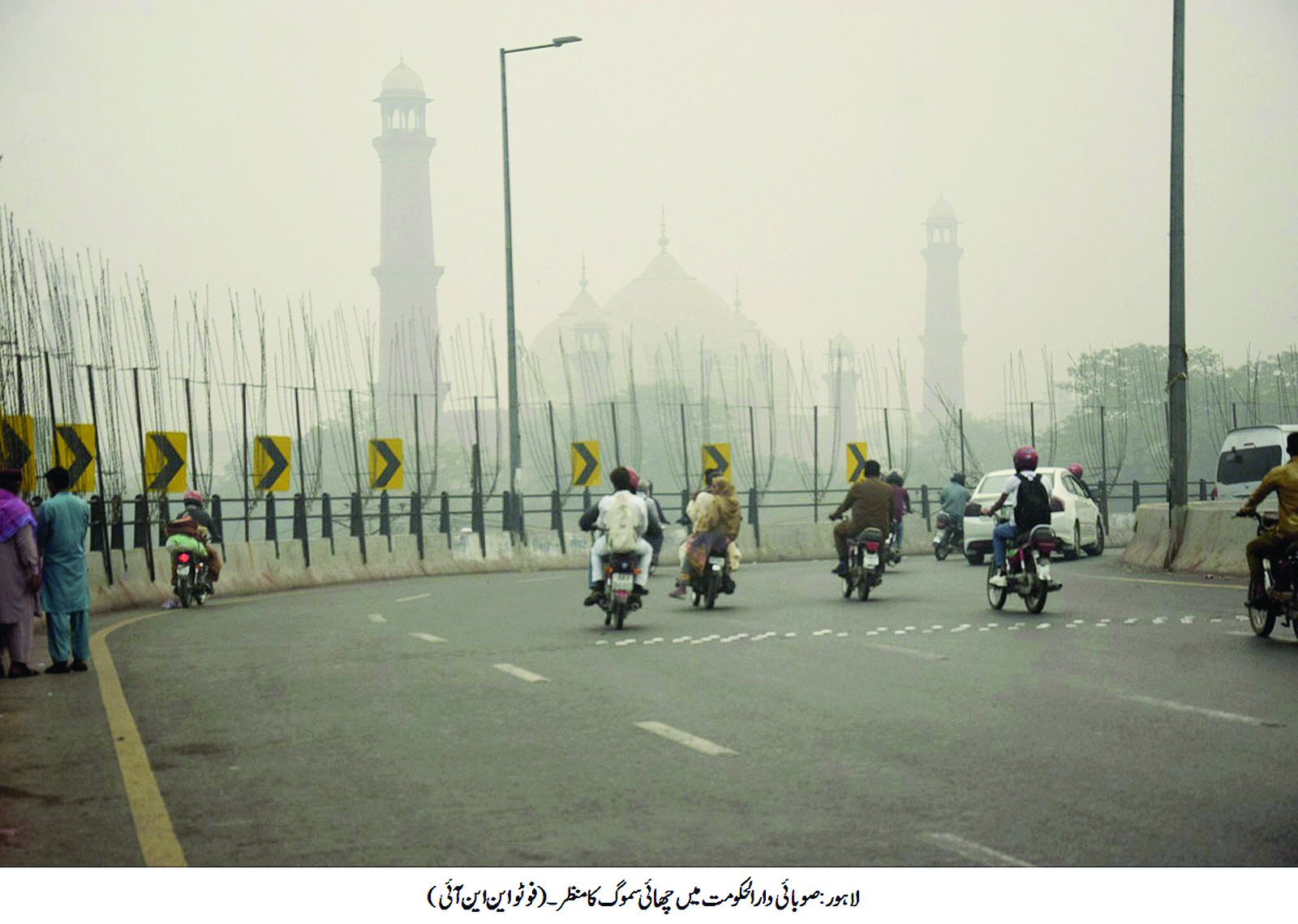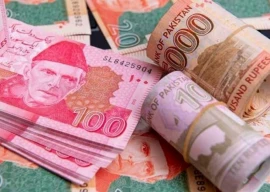
Environment-friendly solutions along with regulations and policies for industries, commercial activities and public and private transportation are required to make significant improvements in pollution levels across Lahore, which has consistently featured in the world's top 10 most polluted cities since 2017, said environmental and industrial experts.
Last year, as per the Air Quality Report 2023 released by IQ Air, the city with a score of 99.4 ranked fifth among the most polluted cities in the world. This year, the situation is far worse, which is forcing the provincial government of Punjab to reduce or halt many business-related activities, which may hurt all sorts of businesses.
"A general perception is that usually Lahore's air becomes more hazardous during the winter season when dust or smoke particles along with fog create a thick layer of smog, affecting visibility and breathing," experts said.
"The problem aggravates during winters (November to February) but an analysis of AQI monthly data reflects that this is no more a winter phenomenon only, because Lahore's air quality remained 'very unhealthy' from June to August while it was 'hazardous' for the remainder of 2023," they added.
The Punjab State of Environment Report 2023 has identified population growth, urbanisation, industrial expansion, burgeoning economic development, inadequate regulatory policies, road dust and vehicles with weak emissions control as major contributors to the air pollution.
The report highlighted that the people of Lahore experienced 'moderate' to 'hazardous' air quality for roughly 80% of the year 2023. While 67% of the passenger service vehicles inspected were declared road worthy, but 232 inspections of stack emissions at various industries revealed that except for sugar factories, all of them had 'poor' to 'very poor' rating based on the monitored parameters.
"There are several regulations, policies and laws developed both in Punjab and at the federal level to address and counter this phenomenon of air pollution," the experts said.
Some of these include the National Climate Change Policy 2021, Policy on Controlling Smog 2017, Punjab Clean Air Policy 2023 and National Clean Air Policy 2023.
They said the solution was simple and for that the pace of urbanisation needed to be managed first. With the judicious allocation of resources, specifically in the education and health sectors, the province may be able to rationalise the speed of migration.
Similarly, they added, to ensure clean air for the coming generations, the expansion of industrial and residential colonies should be monitored and controlled because it should not happen at the expense of people's health.
As per 2017 Punjab policy on controlling smog, all vehicles should be of a minimum Euro-2 standard. Today, all two, three and four-wheelers are being manufactured based on Euro-2 standards and their emissions are within the prescribed limits.
The issue lies with commercial vehicles that run on diesel and produce much higher harmful emissions. To control this, electric vehicles, especially starting from buses, should be encouraged but for this, strong intervention of the local government is required, the experts said.
Another issue is the smuggled oil as it is highly contaminated and has higher carbon emissions than the standard oil.
Besides, infrastructure development in Lahore has come at a price. "While the road network and connectivity is far better compared to other cities in the province, it has badly affected tree coverage of the city," the experts pointed out.
In 2019, the government started various tree plantation drives such as Miyawaki Urban Forest in Lahore and the Billion Tree Tsunami. These projects are the need of the hour.
Agriculture (stubble burning) remains the most critical part as the lack of knowledge, tools and resources forces farmers to burn stubble which, against reality, they think is a cost and time-effective formula to prepare land for the next crop.
In 2019, the then government announced a penalty of Rs50,000 per acre if a farmer was caught burning stubble. But enforcement and compliance remain weak. This issue also calls for a significant government intervention.
"Not only farmers need to be educated about the social impact of stubble burning, but they must also be provided required financial support to switch to more environment-friendly methods of treating the crop residue," the experts stressed.























COMMENTS
Comments are moderated and generally will be posted if they are on-topic and not abusive.
For more information, please see our Comments FAQ